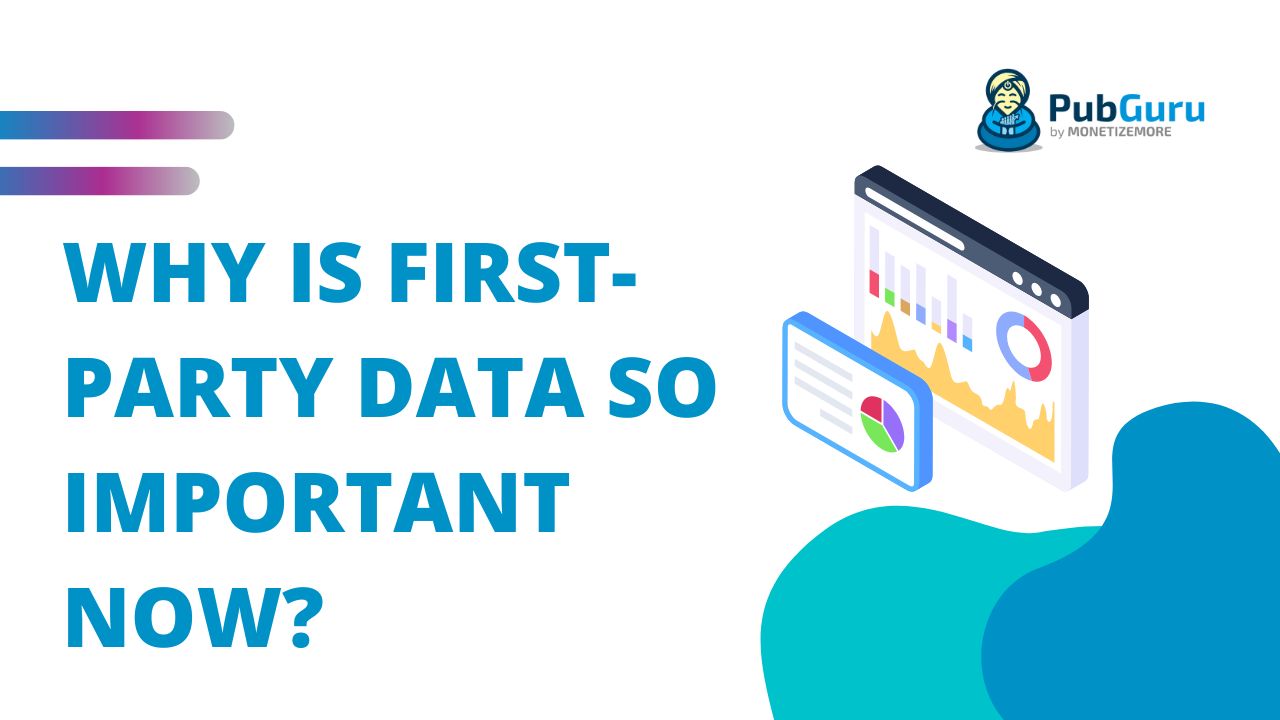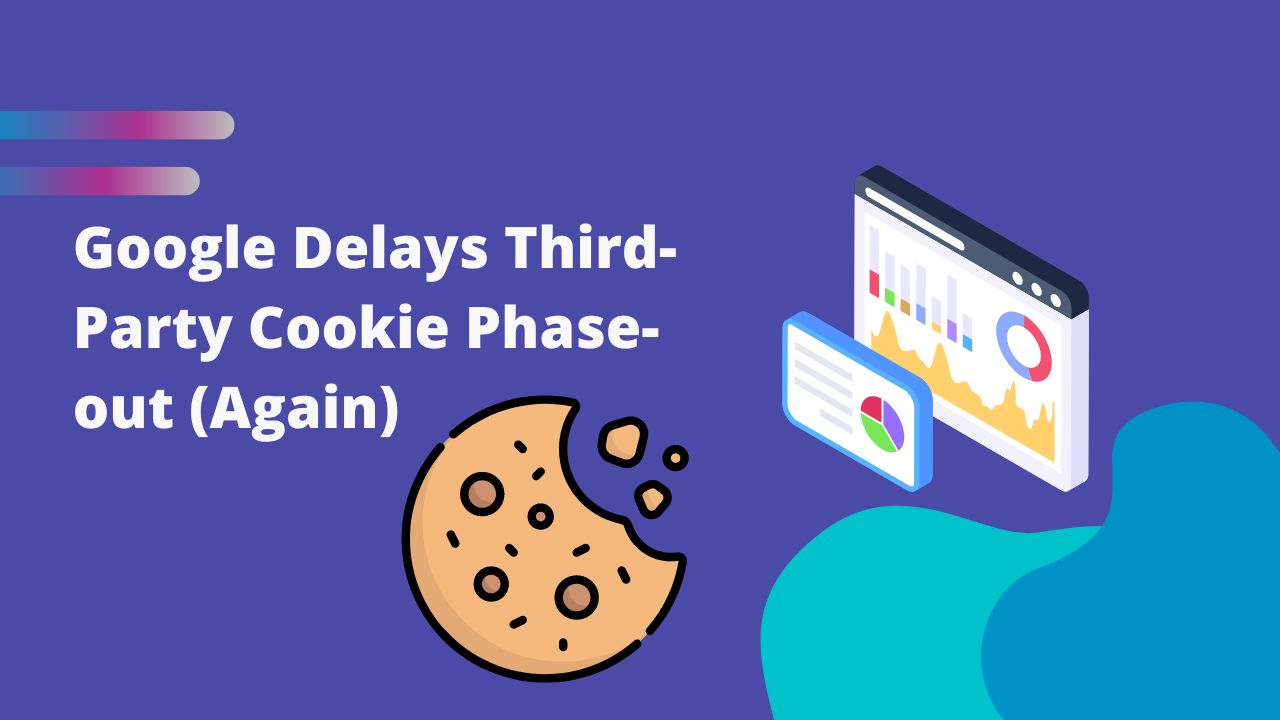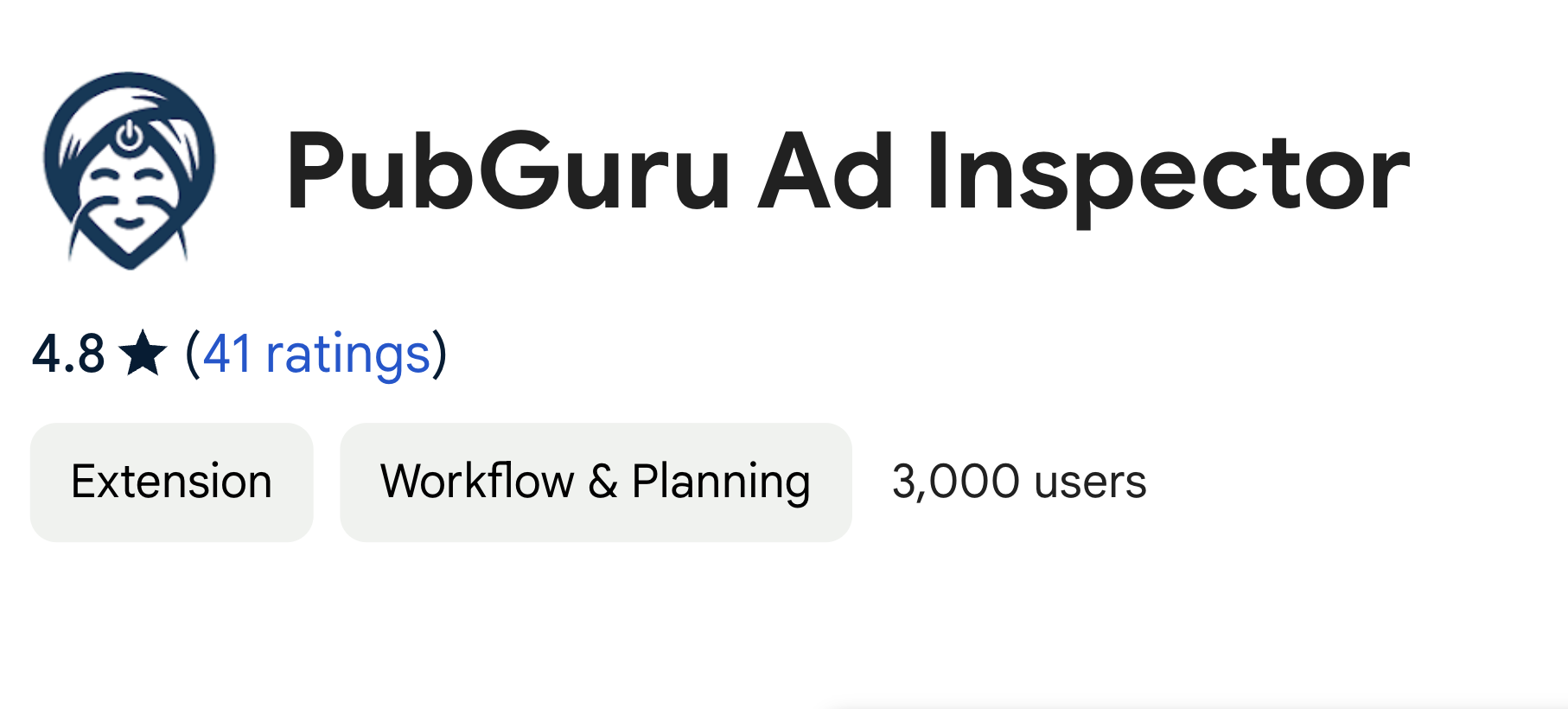
This post was most recently updated on December 28th, 2023
In the transition to a cookieless world, how crucial is it for you to prioritize first-party data?
As artificial intelligence (AI) continues to revolutionize the AdTech landscape, the inherent value and potency of first-party data has never been clearer. Unlike third-party data, which is collected from users as they interact with various websites and platforms, first-party data is garnered directly from one’s own audience. This direct line of information provides richer, more accurate insights about user behaviors, preferences, and needs.
There are several compelling reasons for this paradigm shift. Firstly, with the increasing scrutiny over data privacy and the impending demise of third-party cookies, publishers are facing mounting pressures to provide transparent and ethical advertising experiences. AI, with its profound data processing capabilities, thrives best on genuine and precise datasets – the kind that first-party data offers. By leveraging this, publishers can not only ensure more tailored advertising but also maintain the trust of their audience, which is paramount in today’s digital ecosystem.
Furthermore, as AI algorithms become more sophisticated, the nuances and granular details provided by first-party data become invaluable. This article breaks down why you need to start prioritizing first party data ASAP!
We’ve listed below all the reasons why first-party data is so important:
First-party data aids in understanding the content preferences and behaviors of users on a platform. This allows advertisers to place ads relevant to the content being viewed, enhancing user experience and ad effectiveness. For instance, if a user frequently reads articles about hiking on a publisher’s site, they might be shown ads for hiking boots.
With first-party data, platforms can tailor the user experience based on individual preferences and behaviors. This includes personalized content recommendations, targeted product suggestions, and more relevant advertising. For example, a music streaming service might suggest playlists based on a user’s listening history.
First-party data is highly accurate data collected directly from a company’s own audience or customers reflecting direct user behaviors and interactions. It’s preferred by publishers as a great alternative since it has improved overall user experience and ad targeting.
Example: Amazon analyzing the behavior of a user on its platform to recommend products.
Second-party data is First-party data purchased or acquired from another entity. It helps broaden audience reach or understanding a specific niche segment better.
Example: A brand like Rare Beauty accessing data from a magazine like “Vogue” to target readers with specific skincare ads.
Third-party data is the least accurate data that are aggregated from various external platforms like data brokers and websites, typically by data brokers. This is basically used for generic targeting and filling data gaps.
Example: Jeep purchasing data about individuals in a certain income bracket for ad targeting later.
First-party data acts as a compass, guiding publishers towards optimized ad campaigns, enhanced user experiences, and more effective content strategies. This is how:x
In the coming years, first-party data will not just be a tool but a cornerstone of the publishing industry. As the digital landscape becomes more user-centric, publishers who adeptly harness the power of first-party data will be best positioned for success. Here’s why:
In conclusion, as the intersections of AI and AdTech continue to redefine the future of digital advertising, it’s incumbent upon publishers to prioritize first-party data. Not just as a reactive measure to industry changes, but as a proactive strategy to stay ahead in the game, fostering deeper connections with their audience and maximizing advertising efficacy.
The digital publishing landscape is undeniably undergoing a transformation, with first-party data at its epicenter. To thrive in this new era, publishers must:
As the importance of first-party data continues to grow, publishers need a trusted partner to navigate these waters effectively. MonetizeMore, as the #1 ad management partner, is poised to help you maximize your ad revenue potential in this evolving landscape. Don’t be left behind; seize the opportunities that first-party data offers. Take action today and partner with MonetizeMore to unlock the true potential of your publishing platform.
Will Publishers lose money in a cookieless world?
Best Alternatives to third-party cookies
![First-Party Data: Reap the benefits now [2024] MonitizeMore First-Party Data: Reap the benefits now [2024] MonitizeMore](https://www.monetizemore.com/wp-content/uploads/2023/03/aleesha.jpeg)
With over seven years at the forefront of programmatic advertising, Aleesha is a renowned Ad-Tech expert, blending innovative strategies with cutting-edge technology. Her insights have reshaped programmatic advertising, leading to groundbreaking campaigns and 10X ROI increases for publishers and global brands. She believes in setting new standards in dynamic ad targeting and optimization.

Paid to Publishers
Ad Requests Monthly
Happy Publishers



10X your ad revenue with our award-winning solutions.